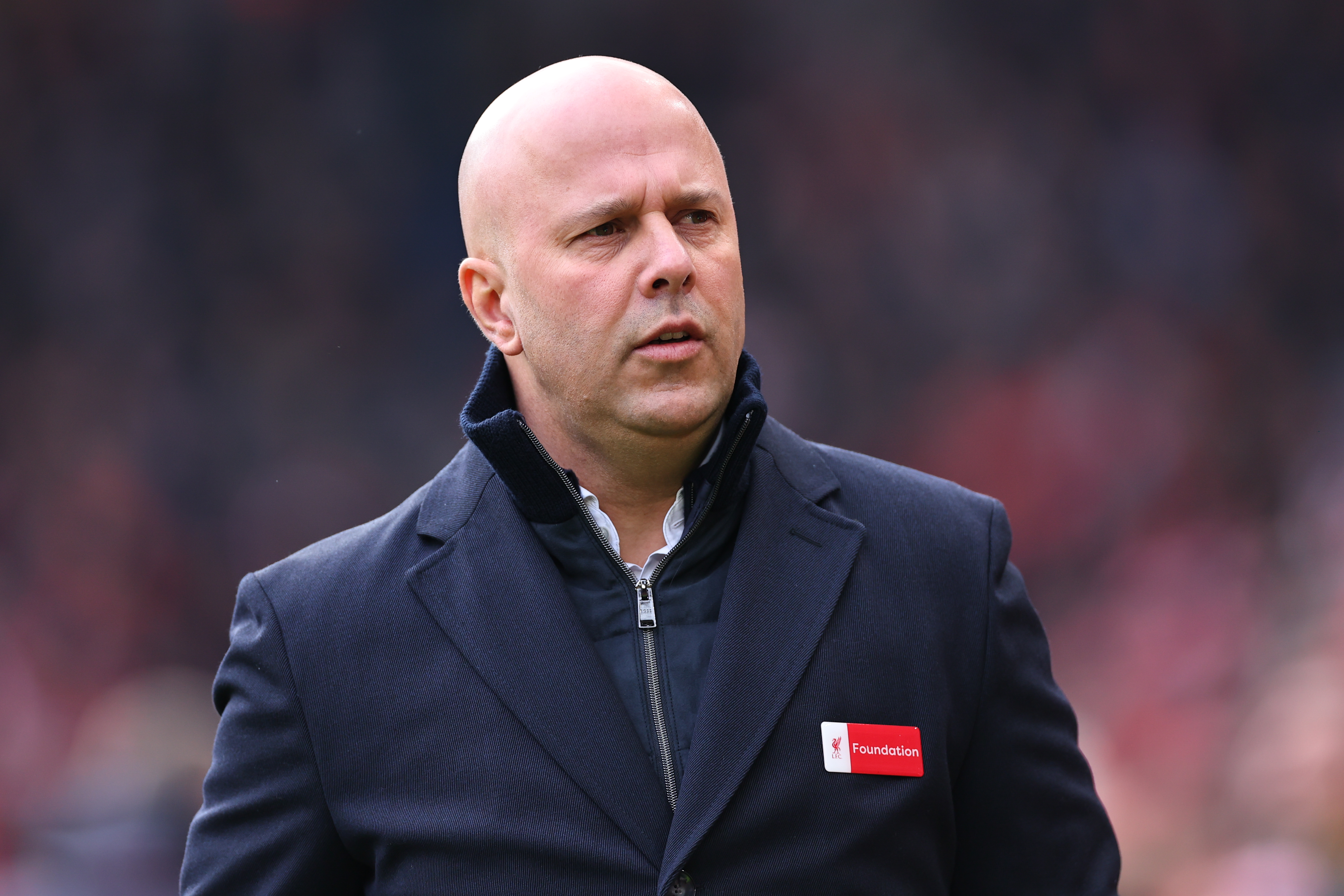Real's pass-masters make El Clasico a whole new ball game, but forgotten man Xavi isn't done yet
Michael Cox explains why Saturday's big battle in La Liga could be the most evenly balanced yet thanks to Los Blancos' ball-loving stars...
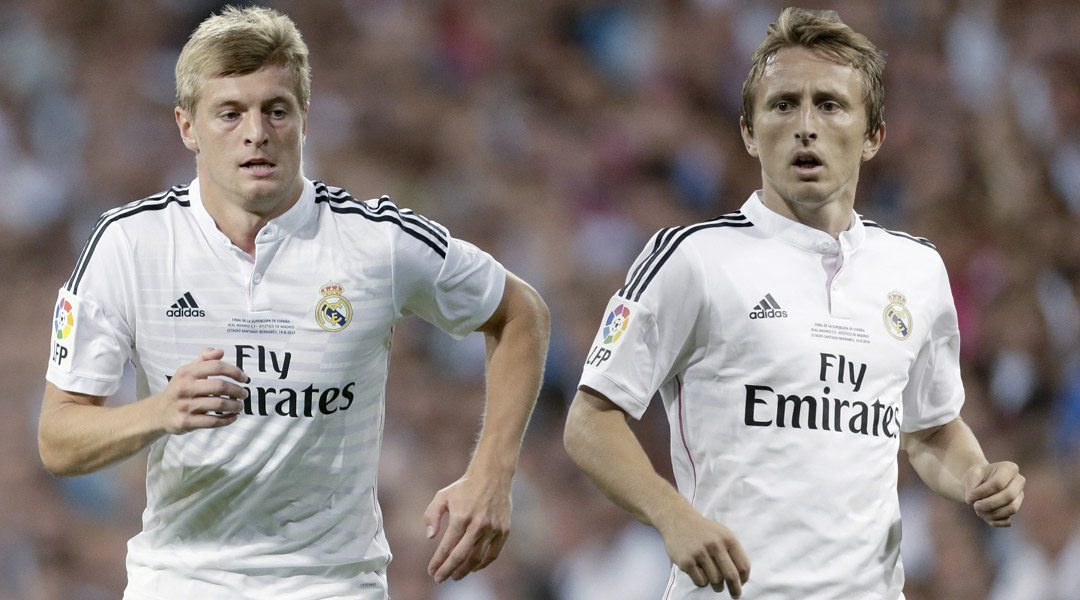
Since Pep Guardiola took charge of Barcelona in 2008 and emphasised the importance of passing like never before, there’s been no question about possession dominance in the Clasico.
It was simple: Barcelona played intricate tiki-taka, swarming the centre of the pitch with multiple midfielders, while Real Madrid generally defended deep before counter-attacking. This weekend, the situation could be different.
The star individuals might be located in the final third, with Luis Suarez in line to make his Barcelona debut alongside Neymar and Leo Messi, and Cristiano Ronaldo leading Real Madrid’s charge.
But the midfield zone might prove more interesting. Here, the two teams have rarely been so similar in terms of technical ability and passing quality.
Keeping it simple
Real have been using a midfield combination of Toni Kroos and Luka Modric for much of the campaign. Neither is anything like a natural holding midfielder – it could be argued, in fact, that both are natural No.10s.
But with Xabi Alonso gone and Sami Khedira no longer a first-team regular, they’ve been forced to sort out defensive responsibilities between them.
Get FourFourTwo Newsletter
The best features, fun and footballing quizzes, straight to your inbox every week.
After a nervous first couple of outings together, Kroos and Modric have developed a good positional understanding, although it remains to be seen how they will cope against Messi.
Still, what that combination unquestionably provides is tremendous passing quality – and, for the first time in years, perhaps they rival Barcelona’s ability in that zone.
It was illustrated perfectly by Modric and Kroos’ masterful controlling performances against Liverpool in the 3-0 midweek victory. Kroos completed 88 of his 90 passes, with Modric 89 from 95.
More intriguing than the raw statistics, however, is the fact that barely any of these balls were played into the final third – this was simple, conservative and methodical ball retention.
It’s the type of thing Barcelona have been doing for years.
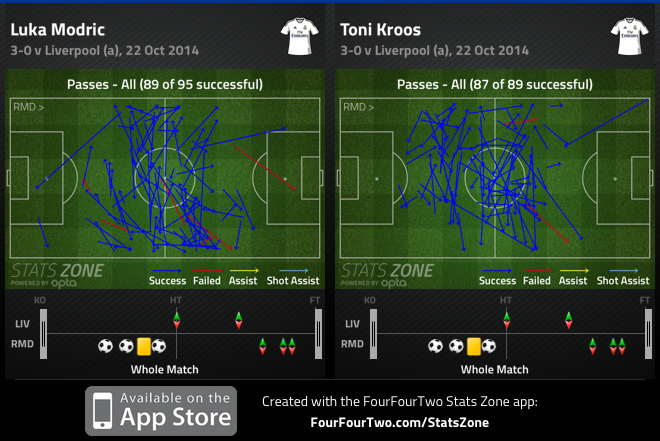
Real essentially played a fluid 4-4-2 against Liverpool, with James Rodriguez drifting inside from the right and Isco doing the same from the opposite side.
Rodriguez kept his play neat and tidy, and created the opener for Ronaldo with a clever flick, while Isco lost the ball more frequently. Nevertheless, the all-round midfield retention was quite remarkable at times.
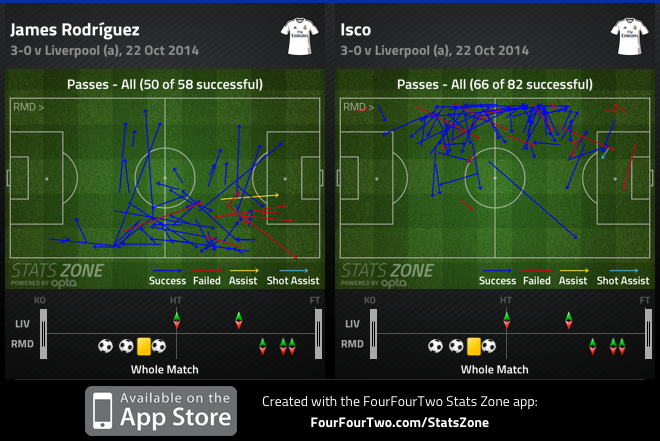
Xavi's time to shine
Barcelona, meanwhile, are not quite as slick as in previous years – and they might be without Sergio Busquets this weekend. The holding midfielder has been struggling with injury and missed the midweek game against Ajax, although Luis Enrique is hopeful he’ll return for Saturday’s game.
Without him, Barcelona would play Javier Mascherano in that deep role. While famed for his ball-winning rather than his ball-playing, the Argentine has improved technically at Barcelona, and is capable of spreading play intelligently. Nevertheless, he lacks Busquets’ genuine creativity and incision on the ball, and can’t play such dangerous straight passes into the feet of Messi, for example.
An equally important change has involved Xavi Hernandez, who has started Barca’s last two league games, but hasn’t been a first-team regular this season. Instead, Andres Iniesta and Ivan Rakitic have been preferred – they’ve played stricter, more flatter midfield roles than in previous Barcelona sides.
Whereas Xavi used to drop deeper than Busquets sometimes, then advance ahead of Iniesta, now Iniesta and Rakitic hold their positions, and rarely attempt penetrative passes into the final third.
The incision is generally left to the front trio.
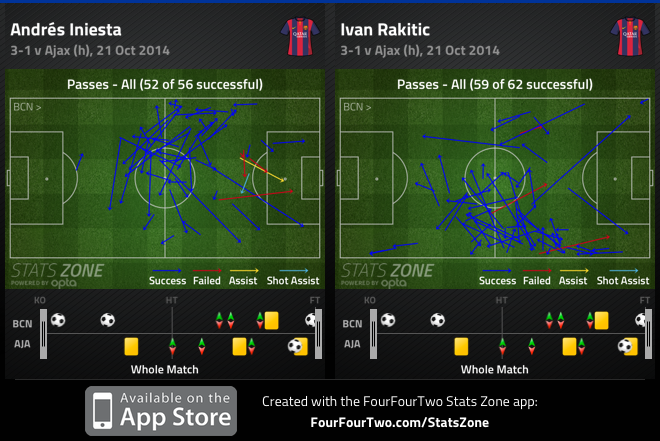
Xavi remains a brilliant passer, however, and it would be a shame to see him omitted from this weekend’s fixture. His performance against Eibar shows he still has the ability to command possession from positions on the edge of the opposition box, while his display against Rayo Vallecano showed his mobility, and suggests he creates more chances than Iniesta or Rakitic.
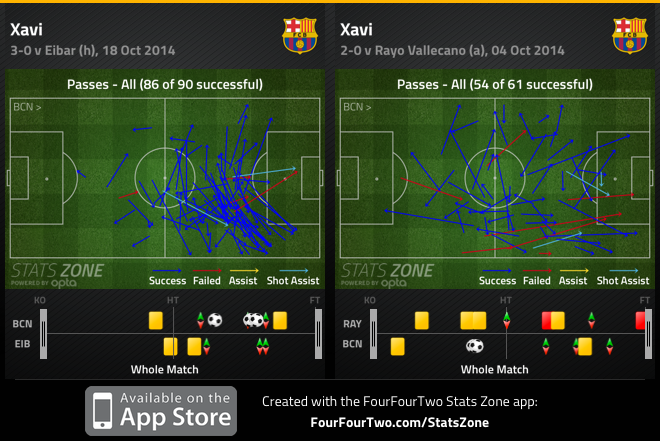
The team selections will say much about both teams’ intentions in the centre of midfield. Barca’s XI should be particularly intriguing – the Busquets-Xavi-Iniesta combination is accustomed to controlling this fixture, but if it’s Mascherano-Rakitic-Iniesta, Real might compete in the possession battle for the first time in years.
